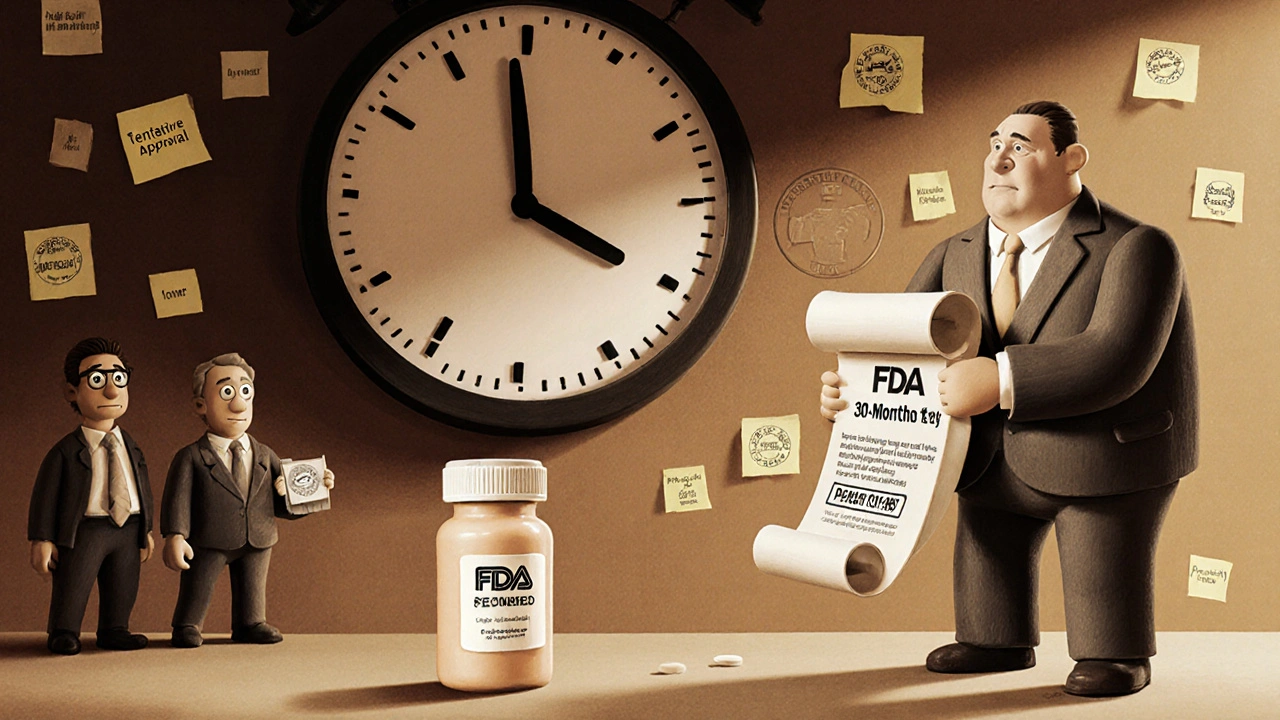Hatch-Waxman Act: How It Shapes Generic Drugs and Drug Prices
When you pick up a generic pill at the pharmacy, you’re benefiting from a law passed in 1984 called the Hatch-Waxman Act, a U.S. law that created a pathway for generic drugs to be approved without repeating expensive clinical trials. Also known as the Drug Price Competition and Patent Term Restoration Act, it was designed to fix a broken system where brand-name drug makers held monopolies for too long, and generics couldn’t get to market fast enough. Before this law, companies spent years and millions developing a drug, then had to start from scratch to prove a copy worked—something that made generics nearly impossible to launch. Hatch-Waxman changed that by letting generic makers rely on the original drug’s safety data, as long as they proved their version was bioequivalent.
This law didn’t just make generics cheaper—it created a whole new ecosystem. It gave brand-name companies a limited extension on their patents (up to five years) to make up for time lost during FDA review, while also letting generic companies challenge weak patents through a legal shortcut called an ANDA, an Abbreviated New Drug Application that allows generic manufacturers to seek FDA approval without repeating full clinical trials. That’s why you now see multiple versions of the same drug—some are true generics, others are authorized generics, exact copies made by the original brand-name company and sold under a different label. These aren’t knockoffs. They’re the same pills, same factory, same quality, just cheaper.
The Hatch-Waxman Act also forced transparency. When a drug’s patent expires, generic makers can file for approval months in advance. If they’re the first to challenge a patent and win, they get 180 days of exclusive market rights—a huge incentive. That’s why you sometimes see one generic hit the market before others. It’s not random. It’s the law in action. And because of this, drugs like lithium carbonate, doxycycline, and warfarin are now available at a fraction of their original cost, even when they’re used for complex conditions like bipolar disorder, infections, or blood clotting.
But it’s not perfect. Manufacturing changes, like switching suppliers or altering the pill’s coating, can trigger FDA reviews under CBE, a type of post-approval change that requires manufacturers to notify the FDA before making certain modifications. That’s why some people notice differences between batches—even if they’re both labeled as generics. The law allows for small variations, but when those affect absorption (like with lithium or warfarin), it can be dangerous. That’s why serum level monitoring matters. The Hatch-Waxman Act made generics possible, but it didn’t eliminate the need for careful use.
Today, this law is the backbone of how you get affordable medication. It’s why patient assistance programs exist alongside generics, why pharmacogenomic testing for CYP2C9 or CYP2D6 matters when choosing a drug, and why you can buy cheap doxycycline or fluoxetine without a hospital bill. The system isn’t flawless, but without it, many of the drugs you rely on would still cost hundreds of dollars a month. Below, you’ll find real-world examples of how this law affects everything from antibiotic choices to heart medication safety—and how to make sure you’re getting the right version for your needs.

